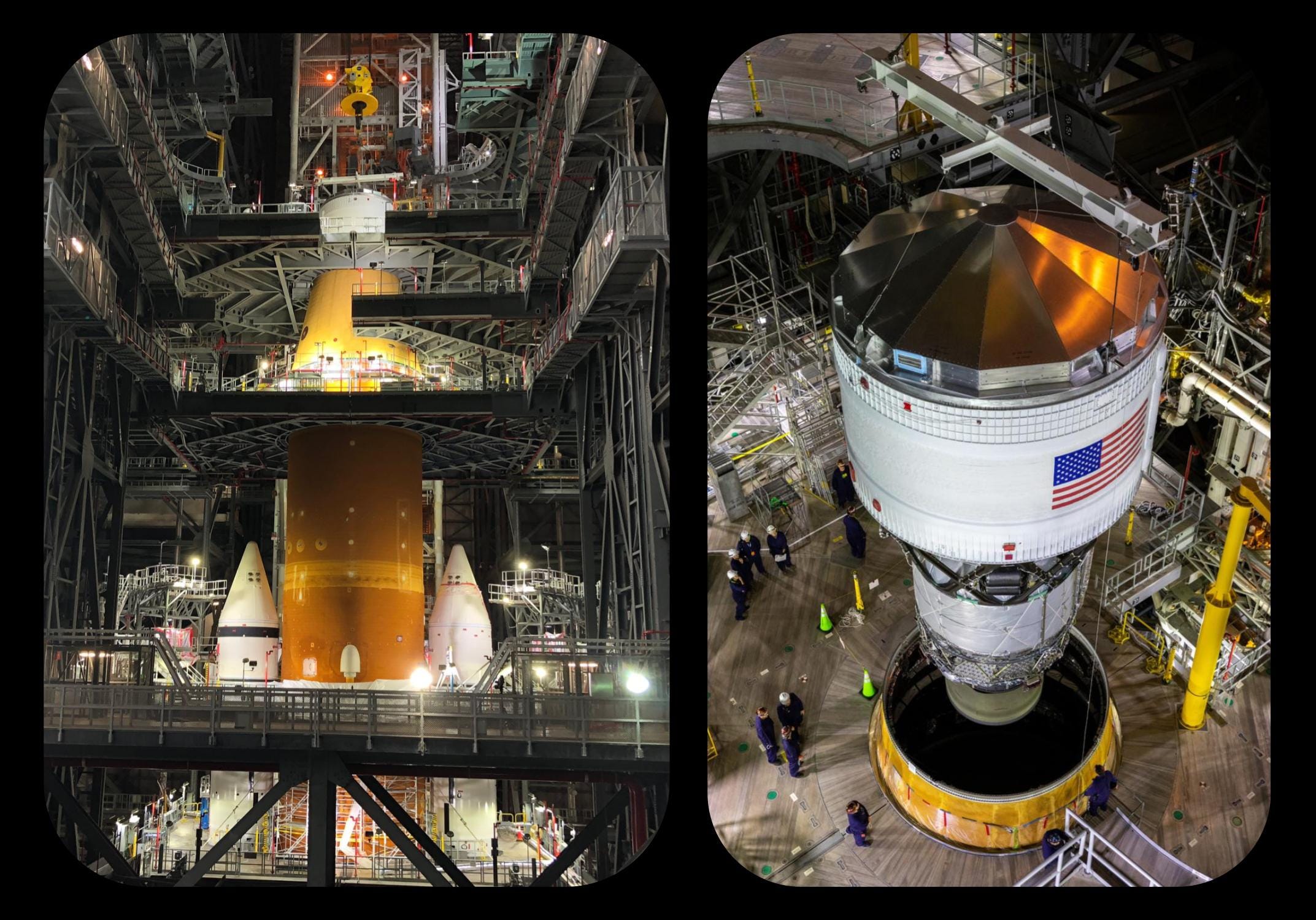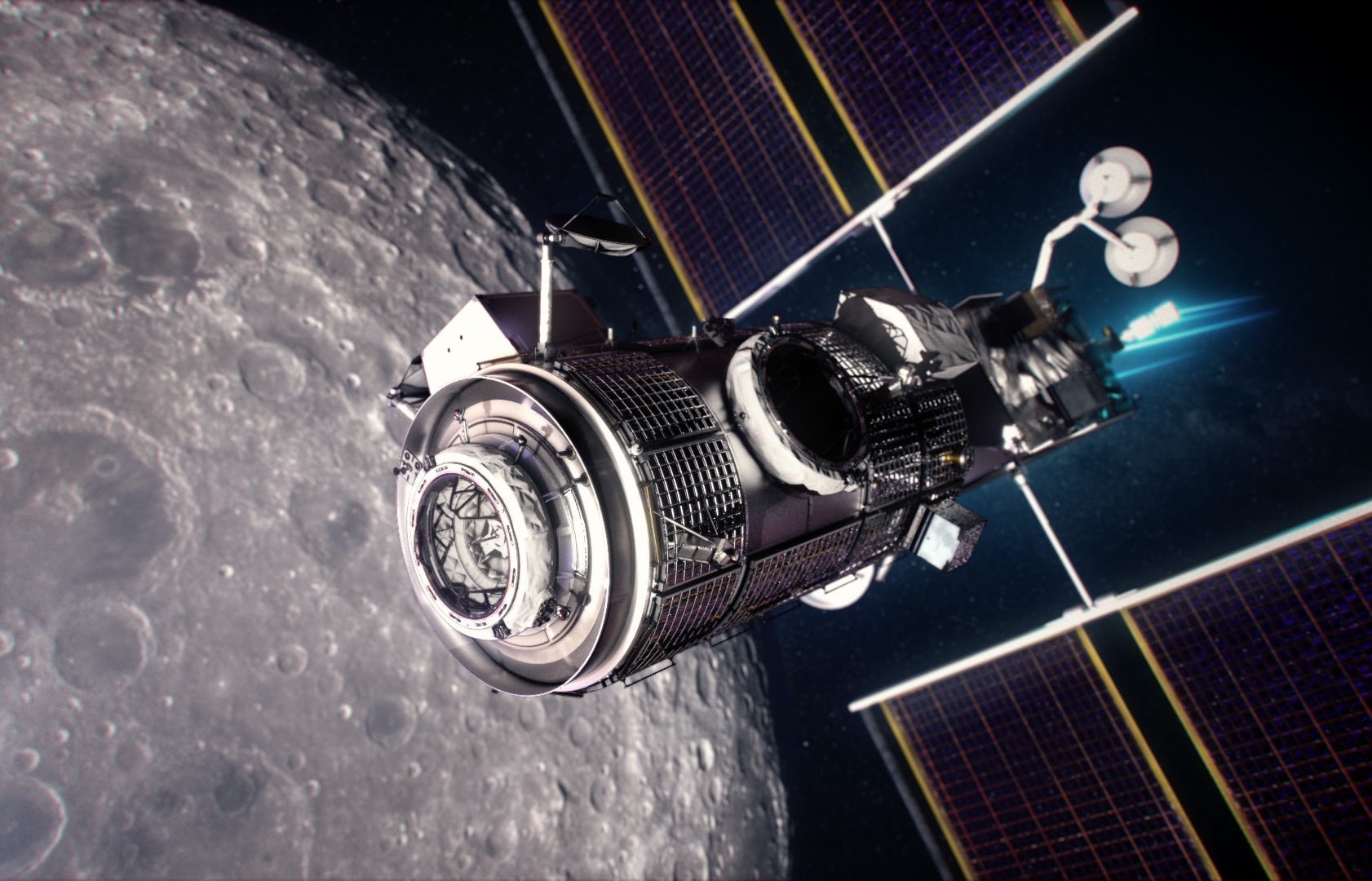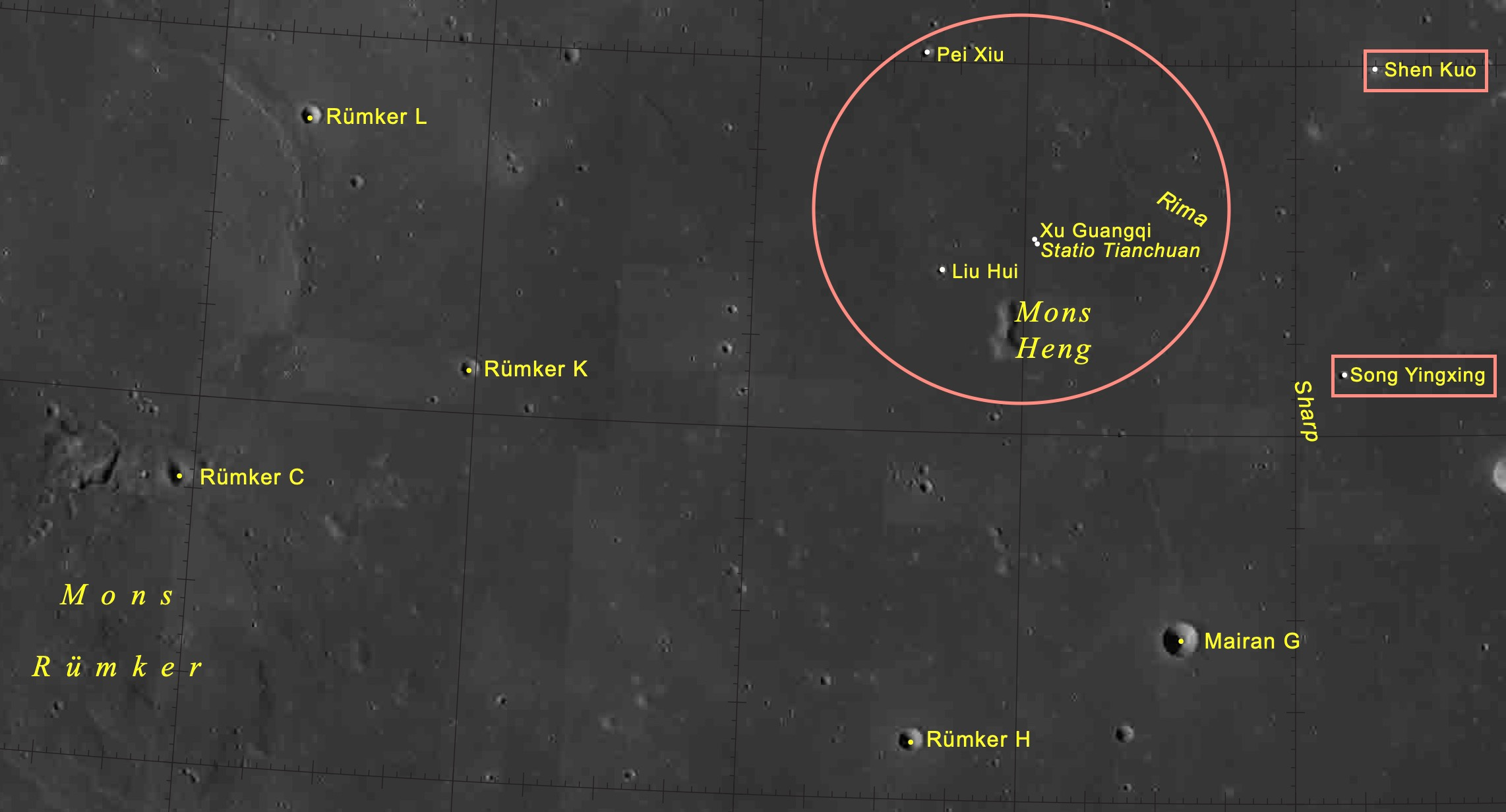Moon Monday Issue #35
NASA's mega Moon rocket stands tall, Northrop Grumman to build key module of 1st lunar space station, SpaceIL raises $70M for Beresheet 2, the boldest robotic Moon endeavor, and more lunar updates.
Highlight
NASA is almost done assembling the massive SLS rocket for launching the Artemis I mission on a voyage around the Moon. On July 5, engineers successfully stacked the Interim Cryogenic Propulsion Stage (ICPS) on top of the rocket’s core stage plus adapter. After launch, the ULA-and-Boeing-built ICPS will fire its engine to push the connected Orion spacecraft out of Earth orbit and all the way to the Moon. It’ll then separate from Orion, and later deploy 13 small satellites on independent missions.

With the SLS rocket assembly almost complete, Orion and its escape system is the only remaining element to be stacked on top. Before attaching Orion though, NASA will conduct a series of tests to ensure all the rocket components are properly communicating with the ground systems, the Launch Control Center, and each other. NASA is still aiming for a launch later this year.
Exploration
NASA has awarded a $935 million fixed-price contract to Northrop Grumman to build the agency-led Gateway lunar station’s Habitation and Logistics Outpost (HALO) module, which will be used as living and research quarters by Artemis astronauts. Under the contract, Northrop Grumman will also integrate HALO with Gateway’s Maxar-built Power and Propulsion Element (PPE), and hand over the integrated modules to SpaceX for a Falcon Heavy launch in November 2024. HALO will serve as Gateway’s command, control and power hub, provide three docking ports for spacecraft to visit or add habitable or refueling modules, and host science experiments inside and outside the module (example). Northrop Grumman won’t make all of the HALO module; Japan will provide its batteries, Canada its robotic interfaces and the robotic arm Canadarm3, and Europe its high-data-rate communications.

NASA wants to increase the number of launches of its SLS rocket from one per year to two by early 2030s, said Robert Stough of NASA’s Marshall Space Flight Center in a briefing covered by SpaceNews. To get to this rather modest goal, and one coming too late, NASA will increase the production pace of the rocket’s core stage, and use upgraded engines on both the core and upper stages that will be cheaper, better performing, and produced faster. The goal is to make SLS available for science missions beyond the Artemis program, which is currently difficult considering SLS is fully booked by Artemis’ needs.
A key instrument to be onboard Astrobotic’s first Moon mission launching early next year has been delivered to NASA for final checks before handing it over to Astrobotic for integration with their lander. The Peregrine Ion-Trap Mass Spectrometer (PITMS)—built in collaboration with the European Space Agency, The Open University and RAL Space—will measure water and other volatiles released due to the solar wind as well as by the lander itself, especially during touchdown. Russia’s Luna-27 mission to the Moon’s south pole in 2025 will carry a similar instrument. With such measurements, scientists want to understand exactly how water gets transported around the Moon, particularly from the equator to its poles, where it can remain preserved for billions of years. Astrobotic’s landing site in the (solidified) lava plains of Lacus Mortis is at 45° N, meaning the spectrometer will interestingly measure volatiles in a squarely non-polar region.
SpaceIL has raised $70 million in investment for Beresheet 2, their second lunar mission. Launching in 2024 with two smaller-than-Beresheet landers and an orbiter, Beresheet 2 is expected to cost around $100 million. One of the two landers will touchdown on the Moon’s farside, something only China has accomplished so far. A NASA CLPS mission will attempt the same feat around the same time.
NASA’s boldest robotic Moon mission yet will launch in 2023 to study and map water ice in one of the harshest planetary environments in the solar system. Here’s my article on the VIPER rover for The Planetary Society, explaining the daring nature of the mission at multiple levels.
Science
ISRO has published a paper on the soil simulant they developed for testing Chandrayaan 2’s lander and rover, and now the 2022-launch of Chandrayaan 3 and the agency’s future lunar missions. To make the simulant, named LSS-ISAC-1, ISRO sourced naturally occurring anorthosite rocks fragments from the Sittampundi Anorthosite Complex in southern India, which aids the simulant’s fidelity. The bulk chemistry, mineralogy and mechanical properties of the final LSS-ISAC-1 simulant are similar to Apollo 16 highland soil samples, in part because Chandrayaan 2’s target landing site was in a lunar highland region. This paper follows what ISRO published last year on the LSS-ISAC-1’s development method.
The Canadian Space Agency (CSA) has expressed formal interest in providing instruments on commercial landers launching under NASA’s CLPS program. Specifically, they will fund up to $13.5 million USD to Canadian scientists, who will partner with U.S. organizations to pitch instruments to go to the Moon as part of NASA’s PRISM initiative for missions starting 2024. Funding for the Canadian side of the equation will come from their Lunar Exploration Accelerator Program (LEAP) initiative, which is investing $120 million in Moon exploration over 5 years. NASA is expected to announce in August a call for instrument proposals to be on two new CLPS missions in 2024 and 2025 respectively, for which Canada can bid.
LunGradCon, a lunar and small body science conference only for students and recent graduates, takes place this week virtually on July 15th and 16th. Per the schedule, the talks will cover their recent work on the Moon’s formation and evolution, sample studies, regolith science, human exploration, and more. Registration is free.
More Moon
Andrew Jones reports that the Chang’e 5’s landing site (43.06° N, 51.92° W), from where China brought 1.7 kilograms of lunar samples in December 2020, has been named Statio Tianchuan by the International Astronomical Union. Statio means a post or station in Latin. Geological features near the site have also earned Chinese names.

Hi everyone, I’m publishing this one-of-a-kind Moon exploration newsletter for free, with no ads. And it will stay that way. If you like my work, support me to keep it going.
